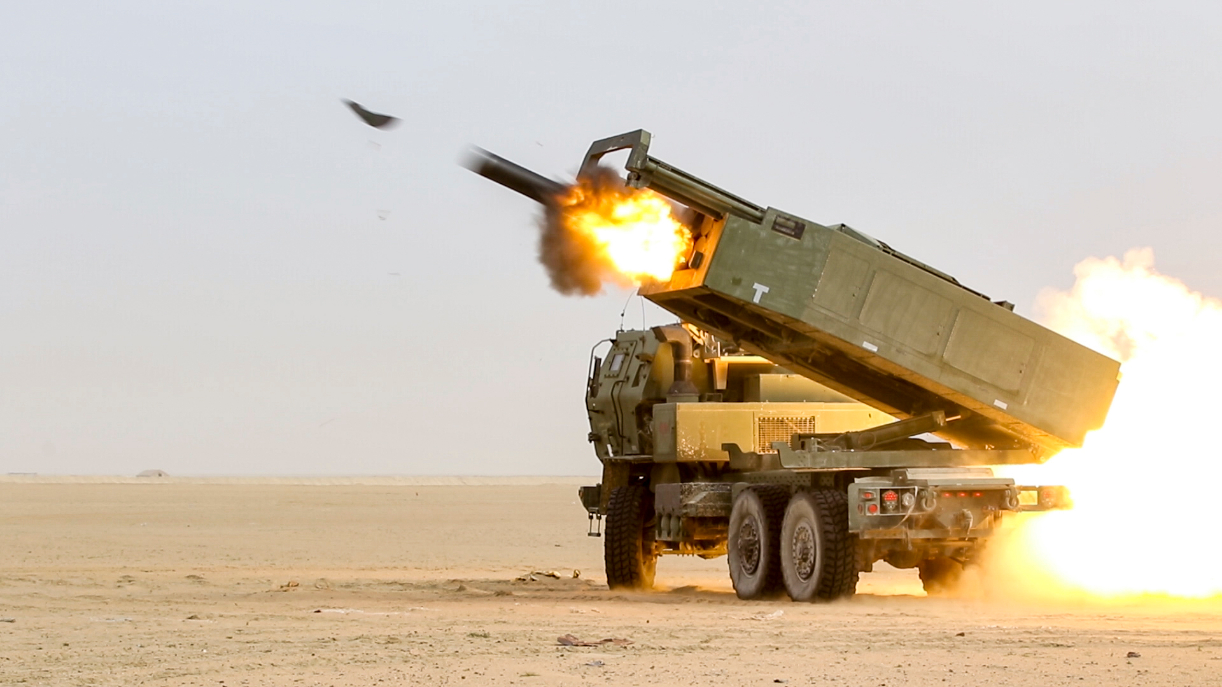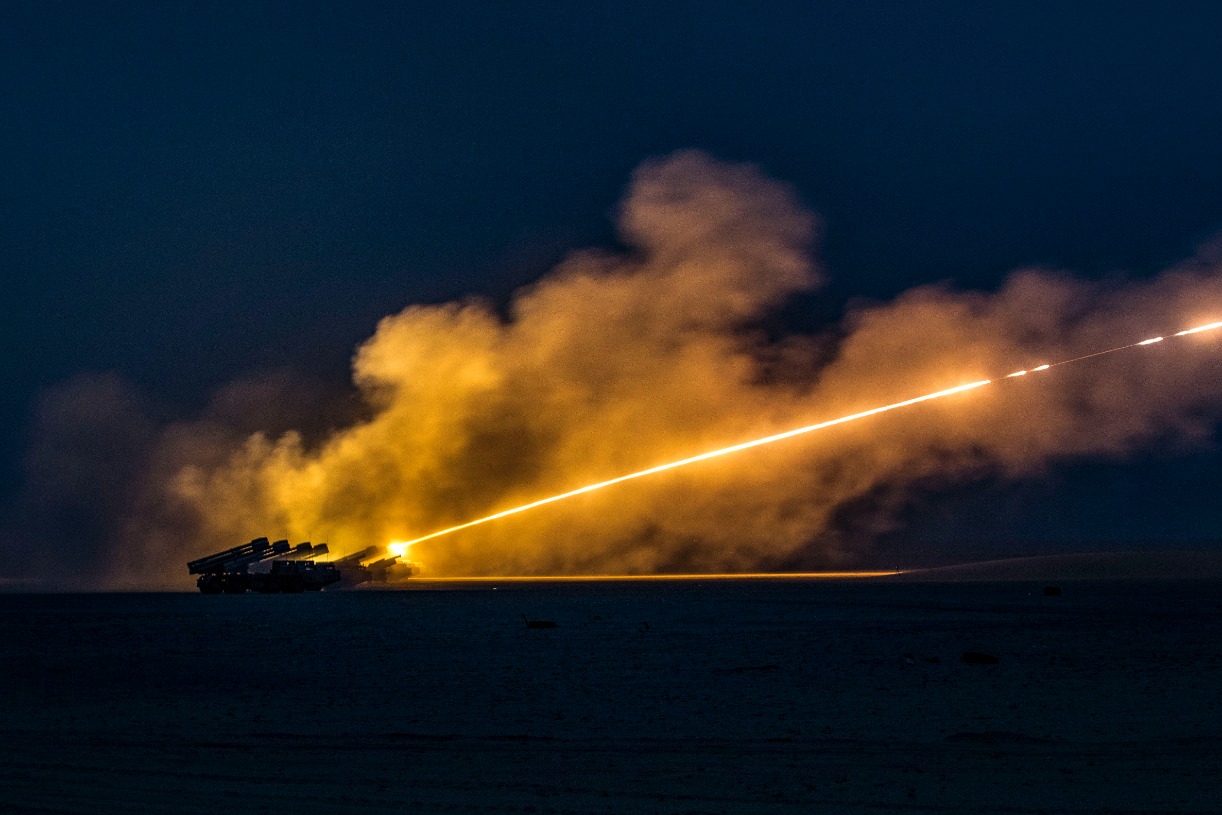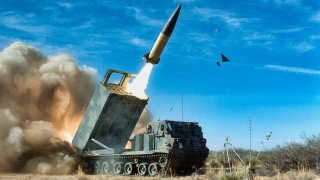ATACMS for Ukraine: A Game Changer or Just A Giant Mistake?
ATACMS has a range of up to 190 miles, making the weapon system capable of penetrating deep into enemy territory and circumventing even the most cutting-edge air defense systems.
What You Need to Know: The Biden administration has reversed its policy and authorized Ukraine to use U.S.-supplied Army Tactical Missile Systems (ATACMS) for strikes inside Russia, potentially shifting the conflict's trajectory.

-Previously withheld to avoid escalation, these long-range missiles can reach targets up to 190 miles away, enabling Ukraine to strike high-value Russian assets deep behind enemy lines.
-Designed for precision and versatility, ATACMS can deploy submunitions or unitary warheads, making them effective against supply areas, airfields, and missile sites.
-This decision aligns with recent U.S. policy shifts, providing Ukraine with advanced weaponry to counter Russia’s invasion.
Escalation Ahead? Ukraine Targets Russia with U.S. ATACMS
In its latest Ukraine policy reversal, the Biden administration has authorized Kyiv to use powerful long-range American weapons inside Russia. The White House had previously refused to give the green light to Ukraine for such strikes amidst the ongoing invasion, fearful that they could escalate the war.
Since February 2022, Kyiv’s military leaders have lobbied the United States for its Army Tactical Missile Systems (ATACMS) so that it could strike deep inside Russian territory.

Now that these weapons will be allowed to be deployed in Russia, a shift in the conflict could result. The long-range capabilities that ATACMS provides will give Ukraine nearly double the striking distance of the vast majority of its existing weapons arsenal.
What are ATACMS?
ATACMS surface-to-surface missiles were designed in the late 1980s to give operators the immediate firepower to “win the deep battle,” as its manufacturer Lockheed Martin says. These formidable missiles travel at high altitudes before descending rapidly, which makes them very difficult to detect.
ATACMS has a range of up to 190 miles, making the weapon system capable of penetrating deep into enemy territory and circumventing even the most cutting-edge air defense systems.
Specs & capabilities
The original Block I ATACMS variant is designed to strike high-value targets, ranging from airfields and supply areas to surface-to-air missile sites. Newer variants like the Block 1A are capable of deploying a single 160-kg warhead which can be loaded with up to 300 M74 submunitions.
Functioning like a cluster bomb, these submunitions can then be dispersed over a larger target area. The Block 1A also comes in a unitary warhead variant which is designed to minimize collateral damage once launched. As detailed by the Center for Strategic and International Studies, this variant can use either a warhead from the AGM/RGM-84 Harpoon or the warhead from the SLAM-ER missile.
How will these weapons impact the ongoing war?
While Kyiv’s troops have been able to hit Russian assets inside Ukraine’s territory, the ability to use ATACMS to strike inside Russia will change the playing field. ATACMS will significantly enhance Ukraine’s ability to disrupt Russian operations deep behind the front lines,” Andriy Zagorodnyuk, Ukraine’s former defense minister, told The Financial Times in an interview. “These missiles allow us to address high-value targets that other systems cannot.”
In September, Ukrainian president Volodymyr Zelenskyy met with President Joe Biden at the White House to discuss a “victory plan” which included a list of detailed targets inside Russia that he hoped to hit.
According to one U.S. official, Kyiv has previously been unable to strike the Russian aircraft responsible for launching long-range glide bombs into Ukraine due to imposed range limitations. Now that Biden has given the green light for ATACMS to strike Russia, this could serve as a major blow to Moscow.
Over the last two-plus years, the White House has reversed its policies on several key weapons systems for Ukraine. From Patriot missiles and M1 Abrams main battle tanks to F-16 fighter jets and now ATACMS, Kyiv has now received some of the best military systems in America’s supply.
About the Author: Maya Carlin
Maya Carlin, National Security Writer with The National Interest, is an analyst with the Center for Security Policy and a former Anna Sobol Levy Fellow at IDC Herzliya in Israel. She has by-lines in many publications, including The National Interest, Jerusalem Post, and Times of Israel. You can follow her on Twitter: @MayaCarlin. Carlin has over 1,000 articles published over the last several years on various defense issues.
Image Credit: Creative Commons and/or Shutterstock


